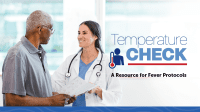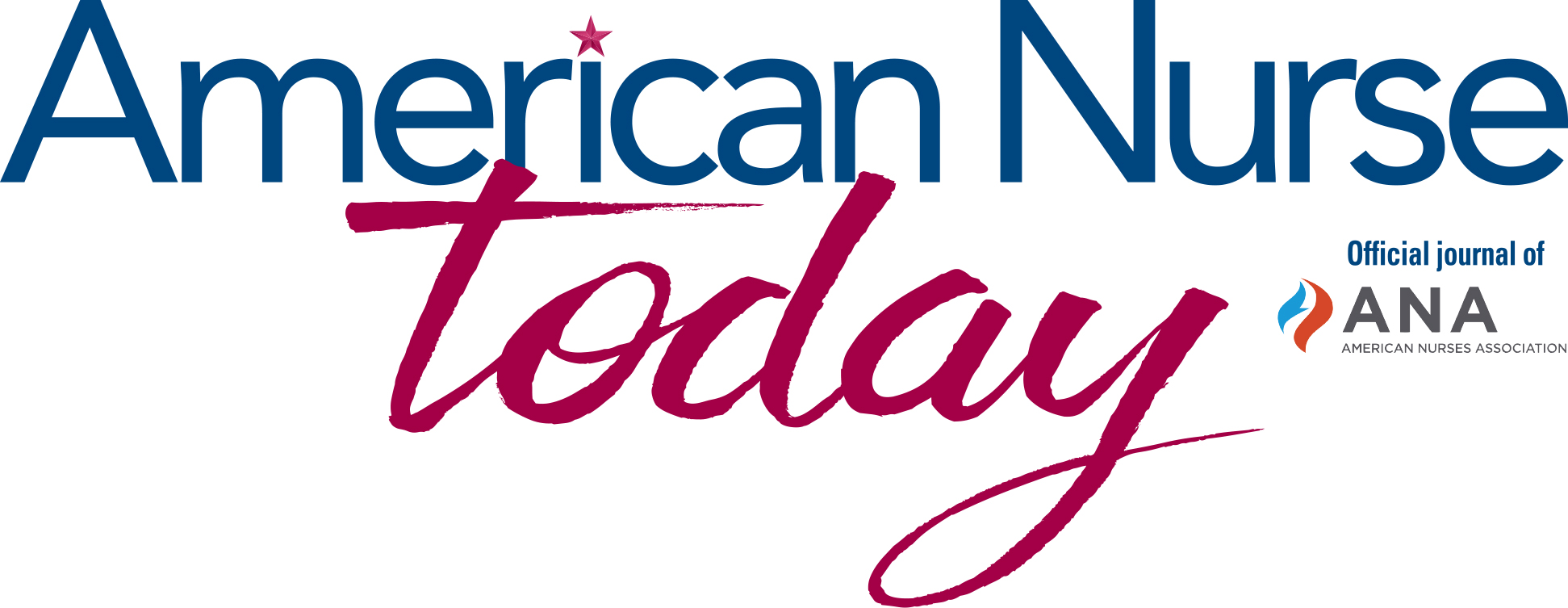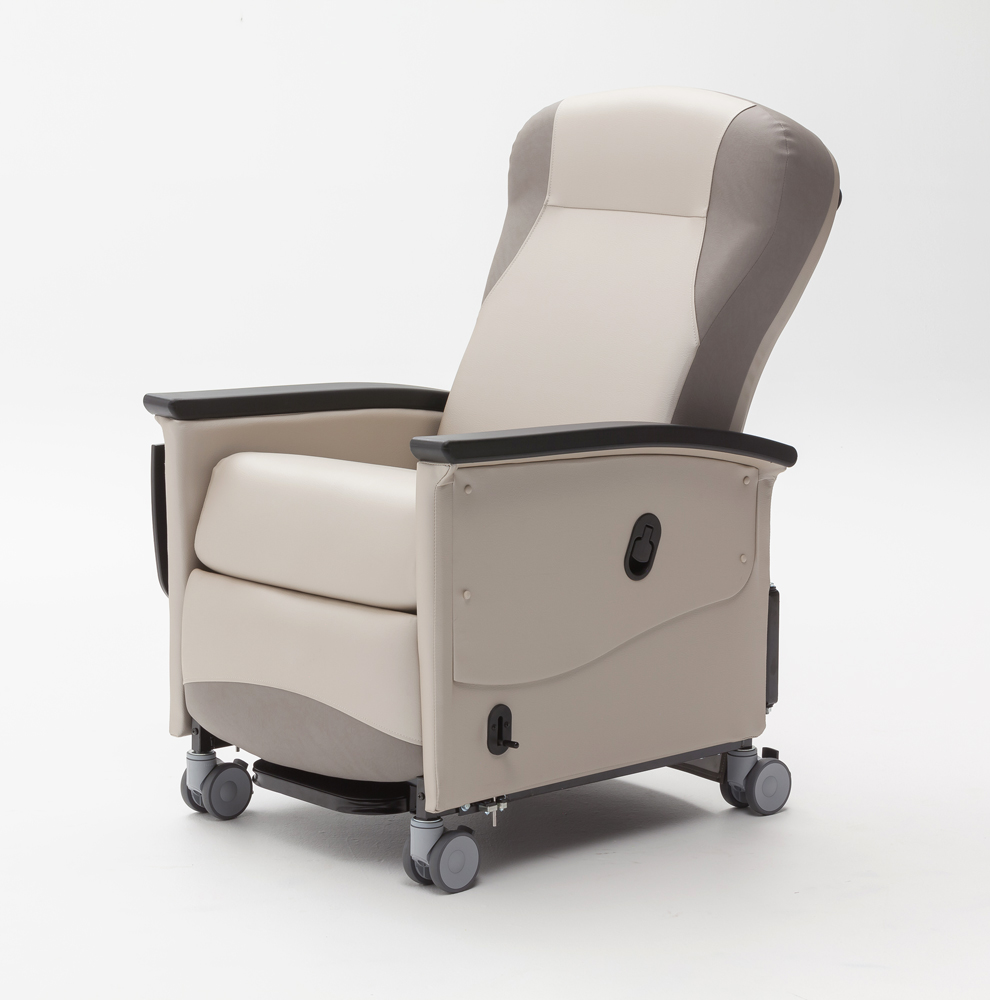As part of its initiative to promote the health and safety of nurses, other healthcare workers, and patients, the American Nurses Association (ANA) released its Safe Patient Handling and Mobility: Interprofessional National Standards on June 26. ANA led efforts by an interprofessional working group of nationally recognized safe patient handling and mobility (SPHM) experts to develop the standards. The goal is to establish a uniform national foundation for SPHM to prevent healthcare worker and healthcare recipient injuries across the care continuum. The standards are intended to be:
- useful in healthcare settings across the continuum of care
- useful for healthcare workers, ancillary and support staff, and organizational leadership
- realistic and attainable while raising the bar
- evidence-based and outcome-focused.
The publication begins with a robust description of the need for SPHM standards and influencing trends and issues. The eight standards are then presented; each standard outlines responsibilities for both employers and healthcare workers. Key concepts from the standards are listed below.
Culture of safety: a collective and sustained commitment to emphasize safety over competing goals
Sustainable SPHM program: a formal, systematized SPHM program for reducing the risk of injury for healthcare recipients and healthcare workers
Ergonomic design principles: a systemized, proactive approach that includes prevention considera- tions in all designs that affect individuals in the occupational environment
SPHM technology: assistive tools available at the point of care to facilitate SPHM; technology may include equipment, devices, accessories, software, and multimedia resources
Education, training, and maintaining competence: a system of training and education to maintain SPHM competence of healthcare workers who provide direct care.
Patient-centered assessment: the plan of care adapted to meet the SPHM needs of individual healthcare recipients and specify appropriate SPHM technology and methods
Reasonable accommodation for post-injury return to work: a comprehensive SPHM program that can help employers provide reasonable accommodations to healthcare workers who are injured.
Comprehensive evaluation system: a system to evaluate SPHM program status, using staff performance, staff injury incidence and severity, and healthcare recipient metrics.
Also included within the standards are fictional examples of situations experienced by healthcare workers and healthcare recipients, which illustrate and clarify the intent and implementation of specific standards. The document contains a glossary and appendices that identify key SPHM documents, evaluative tools, and resources.
To order ANA’s Safe Patient Handling and Mobility: Interprofessional National Standards, go to www.nursesbooks.org or call (800) 637-0323. Visit www.anasphm.org for a brochure, products, and resources related to implementing the standards.
Example of a vignette within SPHM standards
Lydia is a physical therapist at General Hospital. “I hate to see my coworkers injured while lifting, repositioning, or ambulating patients. The amazing thing is that a
lot of the injuries happen when working with relatively small, frail patients. Part of my job is getting them healthy enough for early return to work. People heal better if they are active and feel needed. I work with them on using the SPHM equipment correctly and consistently. Frankly, I wish it was used all the time.” (See standards 1, 2, 4, 5, and 7, SPHM standards, page 36.)
Jaime Murphy Dawson is a senior policy analyst in ANA’s Department for Health, Safety, and Wellness.














